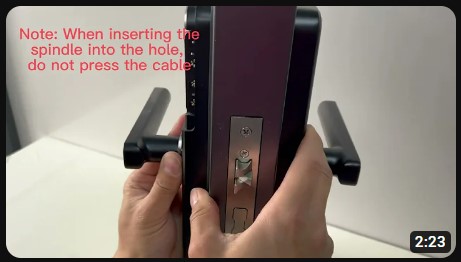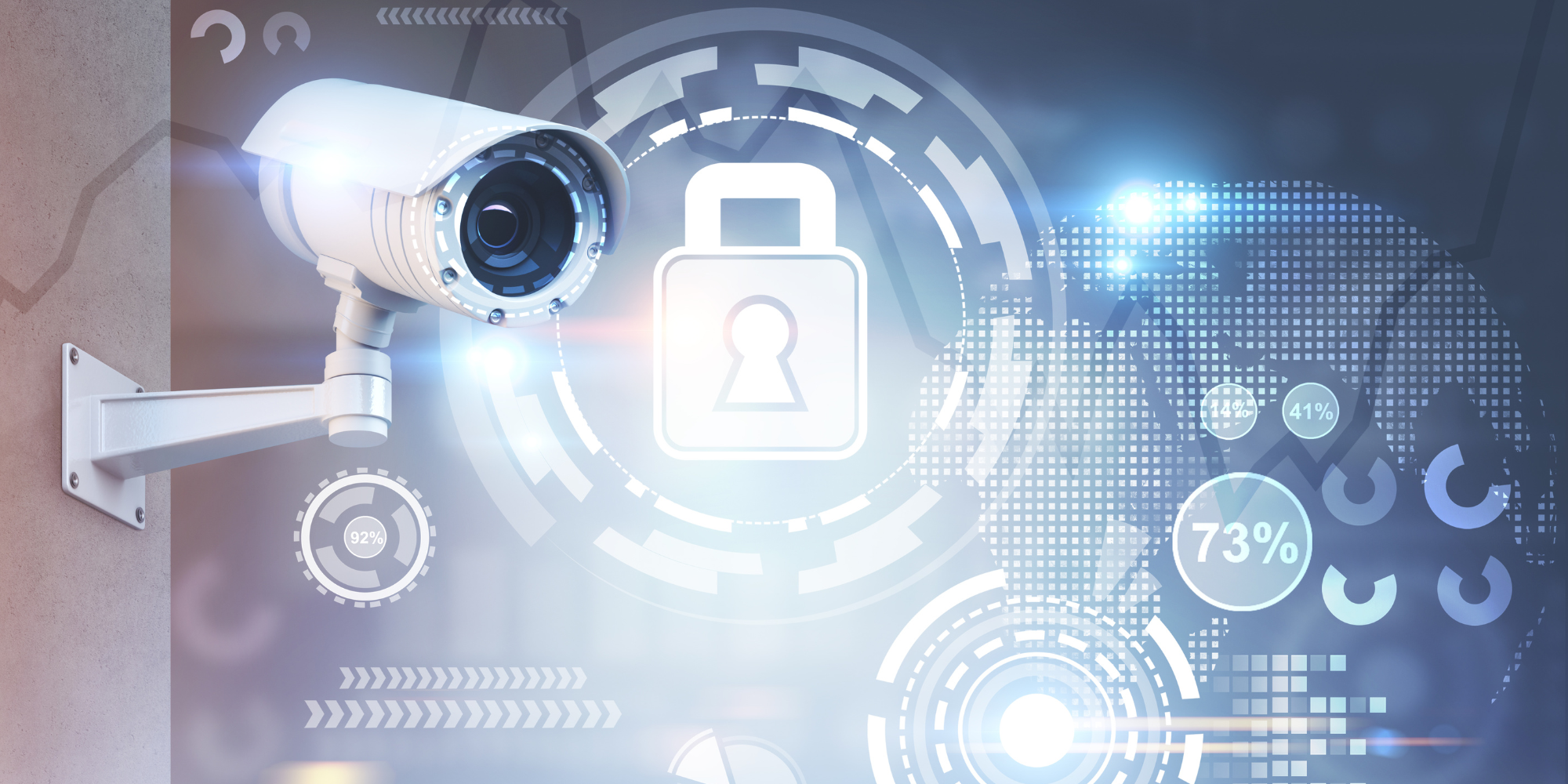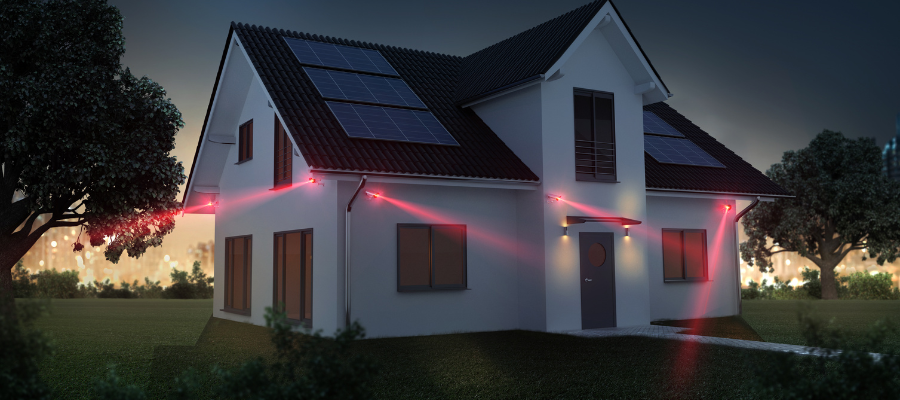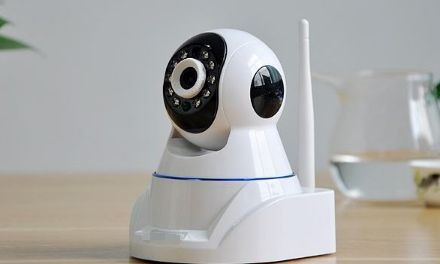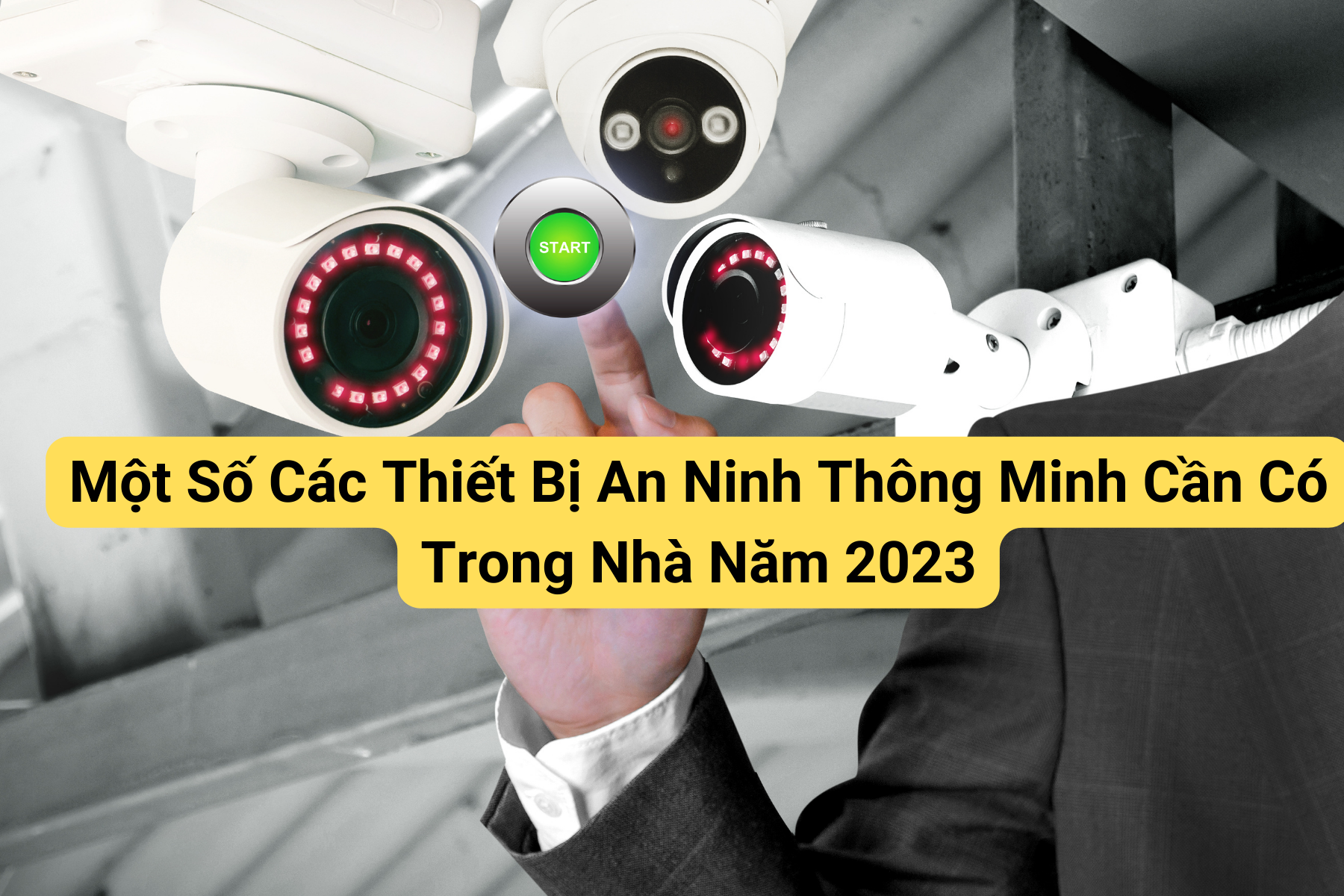Introduction to the application of carbon dioxide sensor in smart home
According to relevant standards, the concentration of indoor carbon dioxide gas is closely related to the ventilation rate. This system can effectively save precious energy and maintain good indoor air quality. Generally, the installation of a ventilation control system based on CO2 gas sensor control can save energy within two years. Next, we will introduce…
According to relevant standards, the concentration of indoor carbon dioxide gas is closely related to the ventilation rate. This system can effectively save precious energy and maintain good indoor air quality. Generally, the installation of a ventilation control system based on CO2 gas sensor control can save energy within two years. Next, we will introduce the principle and scenario application of a general intelligent small carbon dioxide gas sensor.
The carbon dioxide sensor is a general intelligent small sensor, which adopts the principle of non-dispersive infrared sensor (NDIR) CO2 existing in the air. It has good selectivity and no oxygen dependence, and has a long service life. Built-in temperature compensation; also has a digital output. Analog output and PWM output, easy to use. The sensor is a high-performance sensor closely combined with mature infrared absorption gas detection technology and precise optical path design.
1. Product Features
①The air chamber is gold-plated, waterproof and anti-corrosion
②High sensitivity, low power consumption
③Excellent stability
④ temperature compensation, excellent linear output
⑤Provide serial port (UART), analog (DAC), PWM waveform and other output methods
⑥Long service life
⑦Anti-water vapor interference, no poisoning
2. Applicable occasions
1. HVAC equipment
2. Air quality monitoring equipment
3. Fresh air system
4. Air purification equipment
5. Smart home
6. School
Three, the zero type
Calibration zero function:
In order to facilitate the user to calibrate the zero point, the sensor has three ways to calibrate the zero point: manual zero point calibration, command zero point calibration and automatic zero point calibration. The zero calibration function refers to the calibration of 4000ppm.
The manual zero point calibration is to input V) to calibrate the zero point of the sensor HD low level (0), and the low level should last for more than 7 seconds.
Please make sure the sensor runs stably at a concentration of 400ppm for more than 20 minutes before calibrating 0 point.
Command calibration (please refer to the serial port zero point calibration command). The automatic calibration function means that after the sensor has been running continuously for a period of time, it can intelligently judge the zero point according to the ambient concentration and calibrate itself. Calibration cycle Power-on operation, automatic calibration every 24 hours.
The automatic zero calibration function is suitable for office environment and home environment. However, in agricultural greenhouses, farms, cold storage and other places, the automatic zero calibration function should be turned off. After shutting down, please check the sensor zero regularly, order zero calibration or manual zero calibration if necessary.
4. Matters needing attention
1. During the welding, installation and use of the sensor, the gold-plated plastic cavity should not be subjected to pressure in any direction.
2. If the sensor needs to be placed in a narrow space, the space should be well ventilated, especially the two diffusion windows should be in a well-ventilated position.
3. The sensor should be kept away from heat sources, avoiding direct sunlight or other heat radiation.
4. The sensor should be calibrated regularly, and the calibration cycle is recommended not to exceed 6 months.
5. Do not use the sensor for a long time in an environment with high dust density.
6. In order to ensure the normal operation of the sensor, the power supply voltage must be kept within the range of 4.5V~5.5VDC, and the power supply current must not be lower than 150mA. If it is not within this range, the sensor will malfunction, the sensor output concentration will be low or the sensor will not work properly.
7. When manually calibrating or sending commands to calibrate, it must work continuously for more than 20 minutes in a stable gas environment (4000) ppm).






